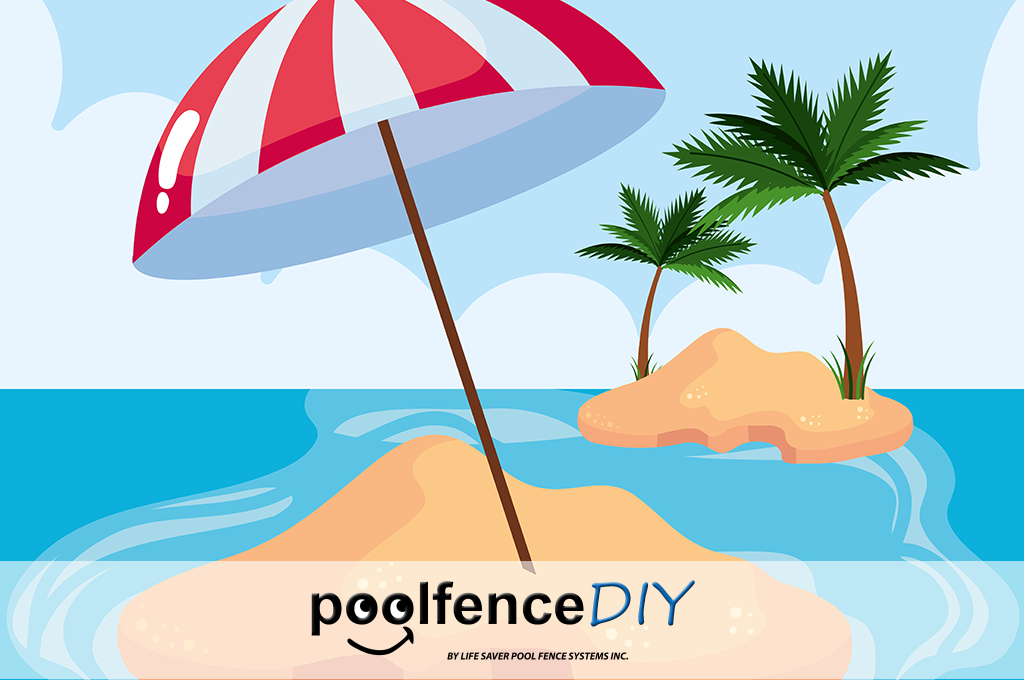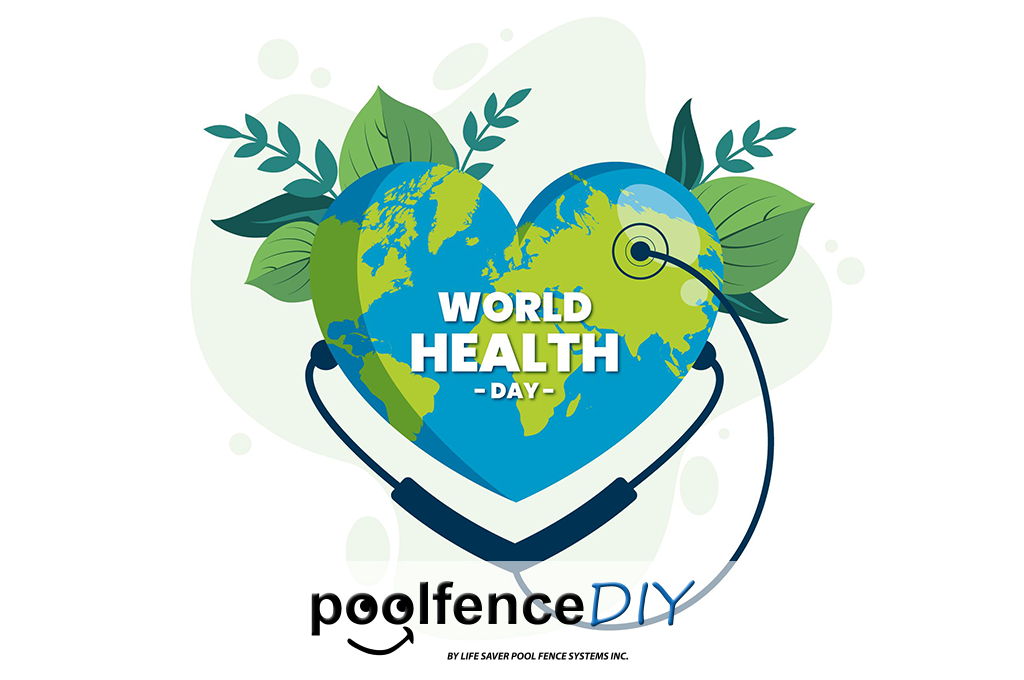Slipping on Ice or Snow is Still a Danger

Winter may be coming to a close, but for a lot of places, there’s still plenty of snow and ice on the ground. To that end, we wanted to use today’s blog post as a reminder that slipping on ice or snow is still a danger. Just because the weather is finally heating up doesn’t mean people should drop their guard.
Falls on Ice Can Be Deadly for Older Persons
While slipping on ice or snow is dangerous for everyone, it can be especially dangerous for seniors. According to the Center for Disease Control, falls were the leading cause of injury for older Americans in 2016. Obviously if the weather is still chilly, the risk of falling is even greater.To this end, here are some ways to help prevent slipping on ice or snow:
- Don’t go outside without the proper footwear. Boots or grippy shoes can be extremely helpful for keeping you upright.
- Take it slow and steady. Shorter steps and slower gait will help a person to maintain balance.
- Prepare your walkways for walking. This means to spread salt, deicer or sand across the areas you expect to walk across. You may choose to have someone help with this step.
- Make sure people know if you’re walking outside, just in case you fall or become trapped.
- If the worst happens and you do slip on the ice, call 9-1-1. You should always have a phone with you, in case of emergencies.
- If you bump your head, get checked out by a doctor. Believe it or not, the actual effects of a fall may not be immediately apparent.




